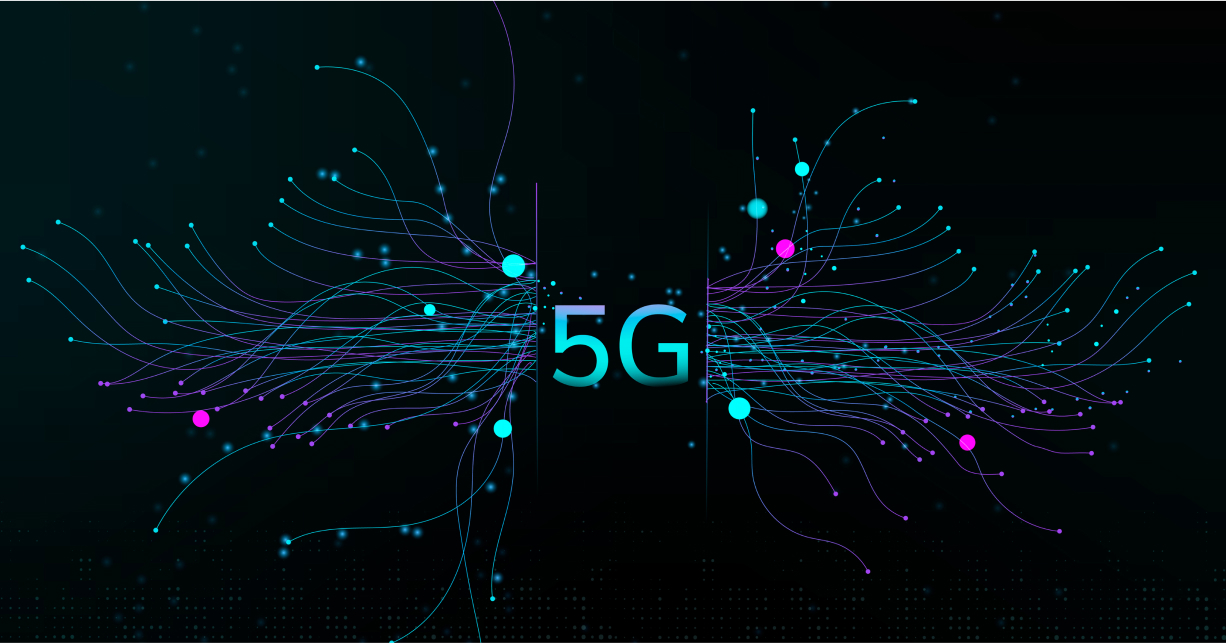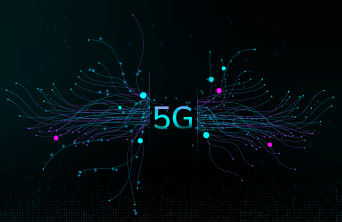

The advent of 5G technology marks a significant milestone in the evolution of telecommunication networks. Promising unprecedented speed, ultra-low latency, and massive connectivity, 5G is poised to transform various aspects of our digital lives. This article explores how 5G technology is revolutionizing telecommunication networks, its key features, applications, and the broader implications for society and industry.
5G, the fifth generation of mobile networks, builds upon the foundation laid by 4G LTE. While 4G brought about significant improvements in mobile internet speeds and reliability, 5G takes these advancements to the next level with a suite of enhanced capabilities:
Enhanced Mobile Broadband (eMBB) is one of the primary use cases for 5G, providing faster and more reliable mobile internet connections. eMBB supports high-definition video streaming, augmented and virtual reality (AR/VR) applications, and other data-intensive services. With 5G, users can enjoy seamless connectivity and superior performance even in crowded environments like stadiums and urban centers.
Ultra-Reliable Low-Latency Communication (URLLC) is a key enabler for critical applications that require real-time data transmission. This feature is essential for autonomous vehicles, remote surgery, industrial automation, and other applications where delays or interruptions could have serious consequences. The ultra-low latency of 5G ensures that these systems can operate safely and efficiently.
Massive Machine-Type Communication (mMTC) facilitates the connection of a vast number of devices, supporting the Internet of Things (IoT). 5G can handle the high device density and diverse communication requirements of IoT applications, enabling smart cities, connected homes, and industrial IoT ecosystems. This feature supports a wide range of devices, from sensors and wearables to autonomous machines.
5G technology is a cornerstone for the development of smart cities, where infrastructure and services are interconnected to enhance the quality of life for residents. Smart traffic management systems, powered by 5G, can optimize traffic flow, reduce congestion, and improve road safety. Additionally, smart grids, waste management, and public safety systems benefit from the real-time data processing and connectivity provided by 5G networks.
The healthcare industry stands to gain significantly from 5G technology. Telemedicine, enabled by high-speed and low-latency connections, allows healthcare providers to deliver remote consultations and diagnostics. Furthermore, 5G supports advanced medical applications such as remote surgery, where surgeons can operate on patients from a distance using robotic systems. This technology enhances access to medical expertise and improves patient outcomes.
Autonomous vehicles rely on real-time data exchange to navigate safely and efficiently. 5G’s ultra-low latency and high reliability make it ideal for vehicle-to-everything (V2X) communication, where vehicles communicate with each other and with infrastructure. This connectivity enables better traffic management, collision avoidance, and efficient route planning, paving the way for safer and more efficient transportation systems.
5G technology is transforming industrial automation by enabling smart factories and Industry 4.0 initiatives. With 5G, industrial robots, sensors, and machines can communicate seamlessly, leading to improved manufacturing processes, predictive maintenance, and enhanced operational efficiency. The low latency and high reliability of 5G ensure that critical manufacturing operations run smoothly without interruption.
The entertainment and media industry is experiencing a revolution with 5G technology. High-speed connectivity enables new forms of immersive content, such as augmented reality (AR) and virtual reality (VR) experiences. Live streaming of high-definition video, gaming, and interactive media become more accessible and engaging with the enhanced capabilities of 5G networks.
The rollout of 5G technology is expected to drive significant economic growth by creating new business opportunities and industries. According to various studies, 5G could contribute trillions of dollars to the global economy over the next decade. It will stimulate investment in infrastructure, generate new revenue streams, and create jobs in technology, manufacturing, and services sectors.
5G has the potential to bridge the digital divide by providing high-speed internet access to underserved and remote areas. By leveraging wireless connectivity, 5G can deliver broadband-like speeds to regions where laying fiber-optic cables is impractical or too costly. This enhanced connectivity can improve access to education, healthcare, and economic opportunities, fostering greater digital inclusion.
While the deployment of 5G networks requires significant energy and resources, it also presents opportunities for environmental benefits. Smart grid technologies, enabled by 5G, can optimize energy consumption and reduce waste. Additionally, 5G-supported IoT applications in agriculture, transportation, and industry can lead to more sustainable practices and reduced carbon footprints.
The widespread adoption of 5G brings new security and privacy challenges. The increased number of connected devices and the complexity of 5G networks create more potential entry points for cyberattacks. Ensuring robust security measures, encryption protocols, and regulatory frameworks will be crucial to protect data and maintain user trust in 5G-enabled services.
5G technology is revolutionizing telecommunication networks, offering unprecedented speed, low latency, and massive connectivity. Its impact spans various sectors, including healthcare, transportation, industry, and entertainment, driving innovation and economic growth. As 5G networks continue to expand and mature, they will unlock new possibilities and reshape our digital landscape, paving the way for a more connected, efficient, and inclusive future.